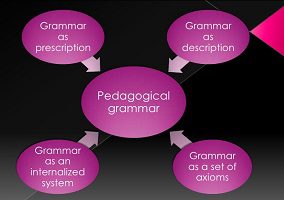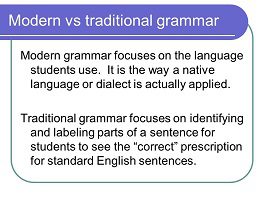Syntax
Syntax
Syntax is a subfield of linguistics that focuses on the study of sentence structure, word order, and the relationships between words and phrases in language. Syntax is concerned with how speakers of a language combine words to form meaningful and grammatical sentences. It is one of the central components of language and plays a crucial role in the communication of meaning.
Syntax involves the study of both the form and the function of sentences. The form of a sentence refers to its grammatical structure, including the arrangement of words and the patterns of inflection and agreement. The function of a sentence refers to its communicative purpose, such as making a statement, asking a question, or expressing an emotion.
One of the key concepts in syntax is the notion of a constituent. A constituent is a group of words that functions as a single unit within a sentence. For example, in the sentence “The cat sat on the mat,” the noun phrase “the cat” is a constituent, as is the prepositional phrase “on the mat.” Constituents are important in syntax because they can be moved around in a sentence or replaced with a pronoun without changing the overall meaning of the sentence.
Another important concept in syntax is word order. Word order refers to the arrangement of words in a sentence. Different languages have different rules for word order, and these rules can affect the meaning of a sentence. For example, in English, the basic word order is subject-verb-object, as in “The cat chased the mouse.” In Japanese, however, the basic word order is subject-object-verb, as in “The cat the mouse chased.” Changes in word order can affect the emphasis placed on different parts of a sentence and can also affect the overall meaning of the sentence.
Syntax also involves the study of grammatical categories and their relationships to one another. Grammatical categories include parts of speech such as nouns, verbs, adjectives, and adverbs, as well as grammatical features such as tense, aspect, and agreement. The relationships between these categories are governed by rules of syntax, which specify how they can be combined to form grammatical sentences.
Syntax also involves the study of language universals and language variation. Language universals are patterns or features that are found in all human languages, such as the existence of nouns and verbs or the use of tense and aspect. Language variation, on the other hand, refers to the ways in which different languages can vary in their syntax. For example, some languages have more complex inflectional systems than others, while others may rely more on word order to convey meaning.
Syntax is an important area of linguistics that helps us to understand how language is structured and how it is used to convey meaning. By studying the rules and patterns of sentence structure, linguists can gain insights into the nature of human language and the ways in which it is used in communication.
-

Prescriptive grammar
Prescriptive grammar Within the different Types of Grammar, it is known with the name of Prescriptive Grammar to an approach…
Read More » -

Pedagogical grammar
Pedagogical grammar With the pedagogical grammar expression the set of resources and procedures is designated with which in the teaching of second languages…
Read More » -

Traditional grammar
Traditional grammar As for traditional grammar, it has been defined as the linguistic discipline that tries to classify and place categories…
Read More » -

Transformational generative grammar with Grammatical theories
Transformational generative grammar Transformational grammar is an expression that designates the genre of generative grammar that uses transformational rules or…
Read More » -

What is Grammar
Grammar Definition In general, when defining Grammar, it is important to start by saying that this discipline is an inseparable…
Read More »